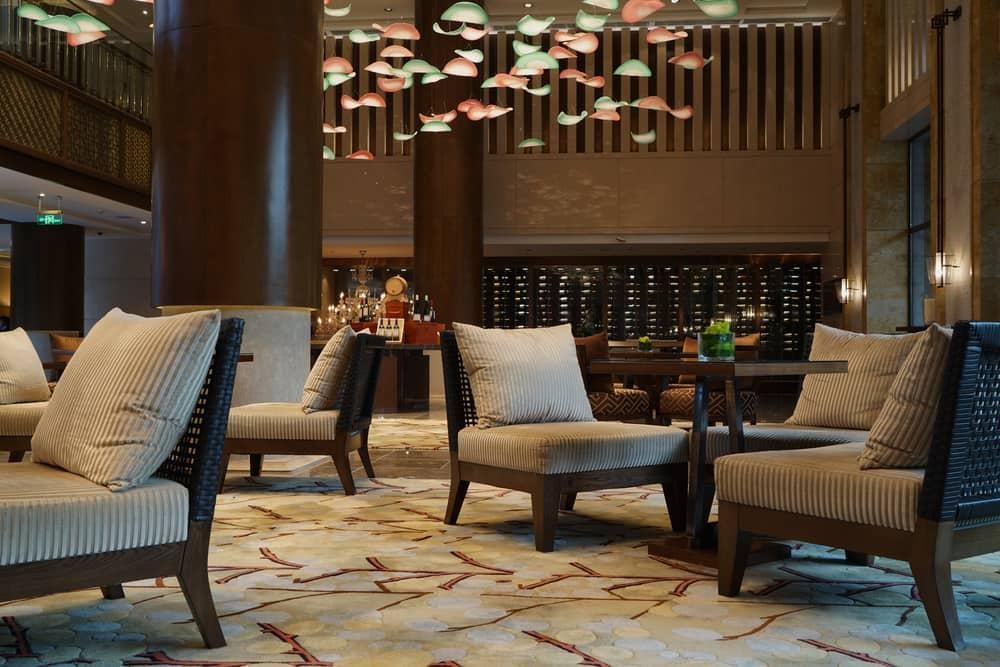How to Maintain Restaurant Furniture During High-Occupancy Seasons

High-occupancy seasons bring an influx of customers, leading to increased wear and tear on furniture. Proper maintenance ensures that seating, tables, and outdoor pieces remain in excellent condition while providing a comfortable dining experience. Here’s how to take care of various types of furniture during busy times.
Regular Cleaning and Sanitization
During peak seasons, constant use can lead to dirt buildup, stains, and spills. Cleaning routines should be frequent and thorough. Wipe surfaces with appropriate cleaning solutions to maintain hygiene. Use mild soap and water for wooden elements, while metal and plastic components require specialized cleaners to prevent damage.
Inspect for Damage
With heavy foot traffic, furniture is prone to scratches, cracks, and loosened joints. Regular inspections help identify minor issues before they turn into costly repairs. Check legs, upholstery, and structural stability to ensure safety and comfort. Tighten screws and bolts when necessary to prevent wobbling.
Protect Upholstery and Cushions
Restaurant booths and sofas experience high usage, leading to potential fading and staining. Protective covers or fabric sprays can help minimize damage. Promptly clean spills to avoid permanent marks. Leather surfaces require conditioning to prevent cracking, while fabric upholstery benefits from vacuuming to remove debris.
Maintain Wooden and Metal Finishes
Both wooden and metal surfaces need extra attention during busy periods. Wood should be polished regularly to maintain shine and prevent scratches. Metal components, especially in restaurant chairs and tables, should be checked for rust or corrosion. Applying protective coatings helps prolong durability.
Reinforce Structural Integrity
Frequent use puts pressure on joints and connections. Reinforce stability by periodically tightening fasteners. If any part becomes weak or broken, address the issue immediately. Delaying repairs can lead to further damage and potential safety hazards for patrons.
Optimize Outdoor Maintenance
Outdoor restaurant furniture faces additional challenges such as weather exposure. Sunlight, rain, and humidity can cause fading and weakening of materials. Store pieces indoors during extreme weather conditions or invest in weather-resistant covers. Regularly clean and treat materials like rattan, metal, and plastic to prevent deterioration.
Rotate Seating Arrangements
High traffic in specific areas leads to uneven wear. Rotating restaurant chairs, booths, and sofas helps distribute use more evenly, preventing excessive damage to certain spots. This practice also gives the interior a fresh look, enhancing the overall aesthetic appeal.
Implement Preventative Measures
Using placemats, coasters, and tablecloths minimizes scratches and heat damage on restaurant tables. Chair leg caps prevent floor scratches and extend furniture lifespan. Encourage staff to handle pieces carefully, reducing the risk of accidental damage.
Schedule Professional Maintenance
Despite regular care, professional servicing is necessary. Experts can deep-clean upholstery, restore wood finishes, and repair structural damage more effectively. Scheduling routine maintenance keeps furniture in prime condition, ensuring a welcoming atmosphere for guests.
Train Staff on Proper Handling
Employees play a significant role in preserving restaurant furniture. Providing training on correct handling techniques reduces damage caused by improper use. Staff should know how to move, clean, and store pieces correctly to maximize longevity.
Monitor Customer Usage
Encourage customers to use furniture responsibly by implementing clear guidelines. Gentle reminders through signage or staff interaction help maintain furniture quality. This is especially important for outdoor settings where guests may be less cautious.
Invest in High-Quality Pieces
Choosing durable furniture from the start reduces maintenance efforts. High-quality materials withstand constant use better than cheaper alternatives. Investing in sturdy restaurant booths, tables, and chairs ensures long-term savings and a consistent dining experience.
Conclusion
Maintaining Restaurant Furniture Suppliers during high-occupancy seasons requires a proactive approach. Regular cleaning, structural reinforcement, and protective measures help prolong the lifespan of chairs, tables, booths, sofas, and outdoor pieces. By implementing these strategies, restaurant owners can ensure a comfortable and visually appealing environment for customers year-round.
- Art
- Causes
- Crafts
- Dance
- Drinks
- Film
- Fitness
- Food
- Games
- Gardening
- Health
- Home
- Literature
- Music
- Networking
- Other
- Party
- Religion
- Shopping
- Sports
- Theater
- Wellness


